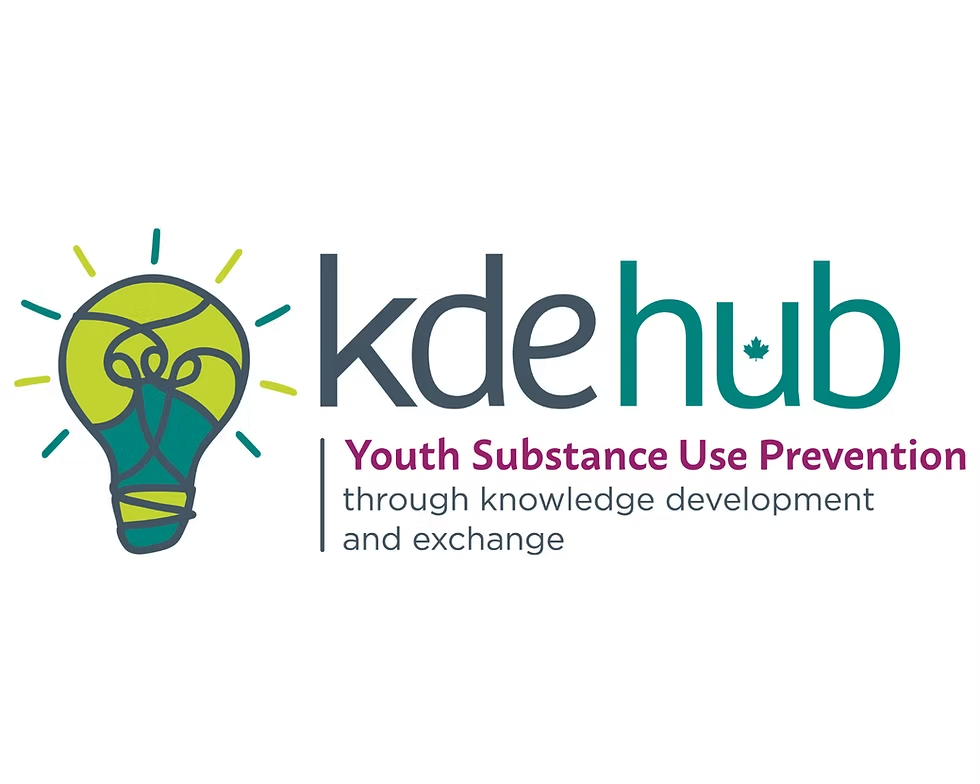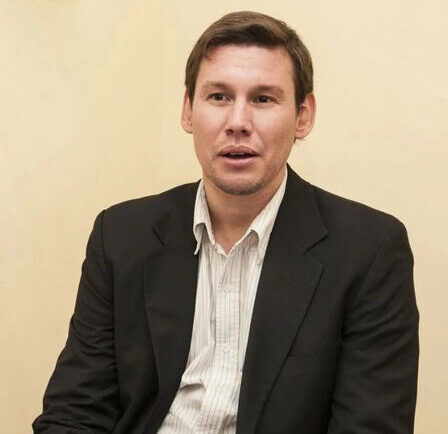Planet Youth Toronto Conference 2025 On November 27, communities from …

Dedicated to supporting communities worldwide through data-driven upstream prevention for a healthier future
We are a mission-driven organization rooted in research and global partnerships. Our goal is to empower communities to help children grow up safe, supported, and substance-free.
Planet Youth is a global initiative using data and collaboration to support youth well-being and prevent substance use. We work with communities worldwide to create safer, healthier environments for young people.
The Icelandic Prevention Model is a proven, community-based approach that reduces youth substance use through environmental change. It focuses on long-term action and the alignment of families, schools, and communities.
Planet Youth Guidance Program is a five-year roadmap that supports local teams in adapting and applying the Icelandic Prevention Model. It includes training, data collection, and strategic planning for meaningful, lasting impact.
Planet Youth Toronto Conference 2025 On November 27, communities from …
Kópavogur Partners with Planet Youth to Strengthen Data-Driven Support for …
Planet Youth Partnership Launches in Uganda on International Youth Day …
Official Launch of Planet Youth in the Western Cape, South …
Our approach is rooted in comprehensive data collection and analysis, ensuring strategies are tailored to each community’s unique needs.
Built on the successful Icelandic Prevention Model, our methods have demonstrated measurable reductions in youth substance use.
We prioritize collaboration with local leaders, parents, and educators, ensuring sustainable, community-wide engagement.
Our model has been implemented across diverse regions, proving adaptable and effective in various cultural and social contexts.




From highest to lowest in substance use – 15/16 year old students in Iceland using the Icelandic model.



PREVENTION IS POSSIBLE
Ultimately preventing children and adolescents from initiation of drug use. In developing our approach, we relied on global research findings, as well as our own local observations about those individual and societal factors that contribute to the likelihood of adolescent substance use.